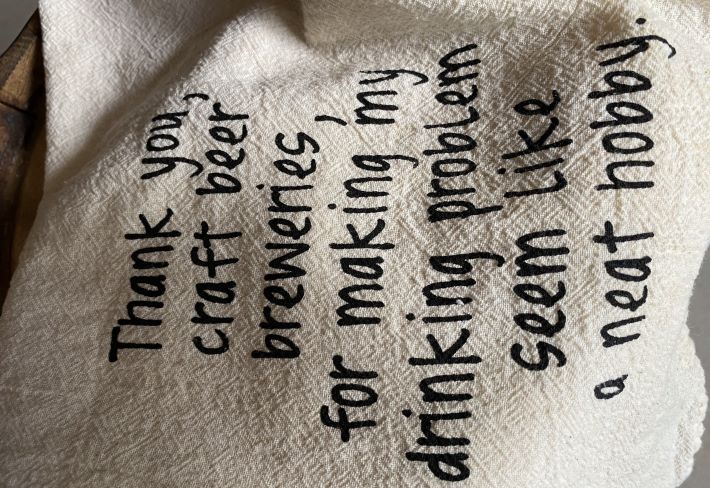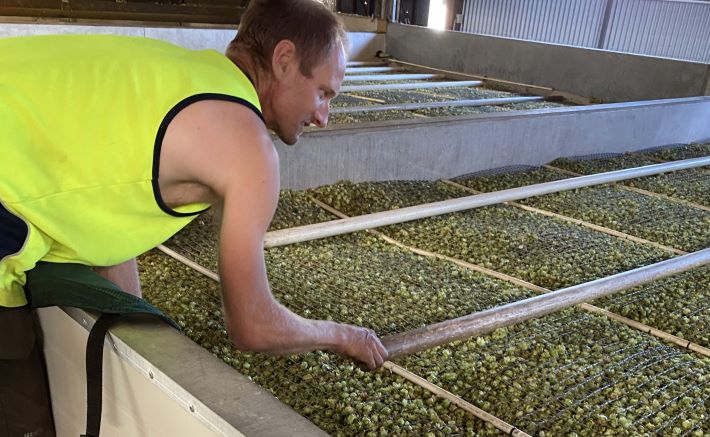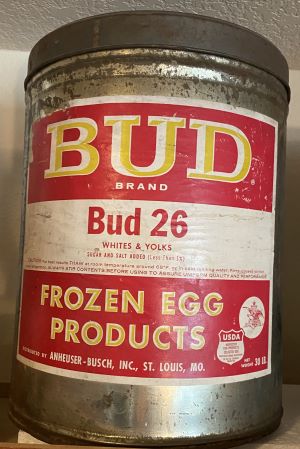
Even the Wall Street Journal ran a story about and photo (credit to Associated Press) of cans of Miller High Life – “the Champagne of Beers” – being destroyed because only sparkling wines made in France’s Champagne region can use the name on their labels, according to French laws.
It would seem that beer still holds some cultural cachet.
You might also enjoy (or read without enjoyment in the case of the first one):
– “The controversy surrounding Bud Light is a business story, but one caught in the midst of a culture war.”
This is one of those just go read the dang thing stories. Because . . . “When trans professionals leave careers they enjoy, it not only sets them back professionally but negatively affects the rest of the workforce. This is because people’s biases tend to soften upon developing a close relationship with a member of a marginalized group. It’s why the ‘coming out’ movement is widely credited with advancing marriage equality and other gay rights. Over the course of just two decades, millions of people in the U.S. realized that they had LGBTQ+ siblings, parents, friends, cousins, teachers, and roommates.”
– Do Wild Ales Have a Marketing Problem?
Within the story, Stephanie Grant writes that every person she talked to while reporting it said these beers aren’t meant to be popular. “It’s a long game, for sure,” Lisa Boldt at Primitive Ales in Colorado told her. “It’s not a get-rich-quick scheme by any means.”
– Speaking of mixed cultures . . .
Launched in 2014 by Yumi Shimada, Maíra Kimura, and Fernanda Ueno, craft brewery Japas Cervejaria combines the cofounders’ Brazilian and Japanese heritages. They are brewing and selling their beers in both Brazil and the United States.
– Innovation I
Freeze-dried beer is not new, but Klosterbrauerei Neuzelle managing director Stefan Fritsche says this German version will revolutionize the brewing industry.
– Innovation IIBack in 2009, when the beer blogosphere was broader, this statement from Ron Pattinson led to several other posts about what qualifies as innovation: “I’ll be honest with you. I don’t want innovative beer. . . . Worshipping at the alter of brewers’ egos. It’s not for me. I want something to drink, something that lifts my spirits and makes my heart soar. And, in sufficient quantities, will get me pissed. It’s really not complicated.”
I thought about this last week when I posted what Bart Watson said about craft reinventing itself. As Watson made clear, it is brewers intent on distributing their beer that face the biggest challenges. It becomes a business story, which Jeff Alworth addresses, headlining the post “Structural innovations.”
I chose the pieces of the some-assembly-required post Friday because I was thinking about the power of making connections. It is the super strength of breweries that make their businesseses work without the advantages that come with economies of scale. May not scream innovative, but it works.





